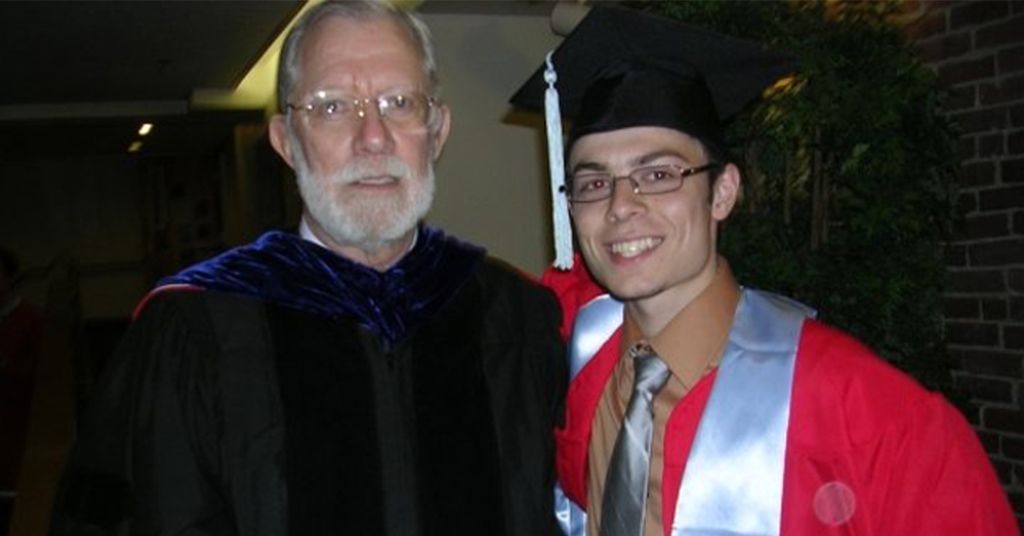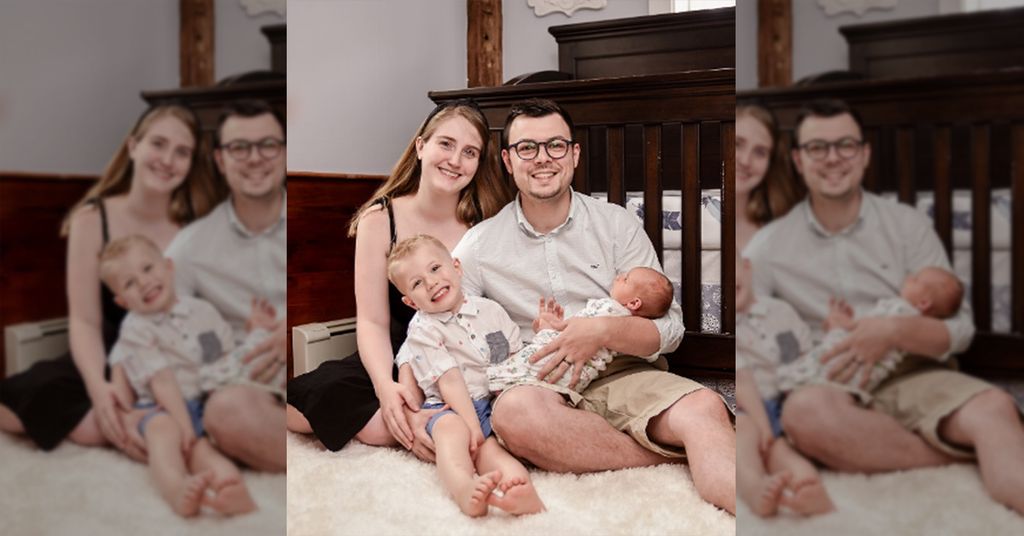How parody songs helped teach math during a pandemic
Nate Melbourne (Wheelock’08,’09) graduated from BU’s Wheelock College of Education & Human Development (formerly BU’s School of Education) with a BS in Math Education in 2008 and with a Master’s of Education in Math Education in 2009. He has taught math at the middle school level for the past 11 years, while also working in math content and assessment development. In the wake of the pandemic, Nate began to record math-themed parody songs. View a playlist of his top ten videos here or follow him on Twitter for updates and new video recordings.
I was out of ideas. As someone who prided himself on teaching through building great relationships with students and injecting excitement into typically dry topics like fractions, I felt defeated. Staring blankly at the computer screen, I realized that it was time to throw caution to the wind, and risk making an absolute fool out of myself if it meant reaching the students.
Don’t forget to BU
To best understand where I am today, it’s important to flashback to the fall of 2004. As an incoming freshman at BU, I knew that I wanted to be a math teacher and, while I had plenty of experience being a student in a classroom, I had no idea what I would be like as a teacher. While I won’t take you through every class or professor that I had, I would be remiss if I didn’t mention the Carol(e)’s: Dr. Carole Greenes and Dr. Carol Findell. Both professors served as my advisor at some point during my tenure and BU, and if there was one message that they echoed over and over it was that math should be real-world, be authentic, and be entertaining. In short, be yourself (get it? BU!). The tandem had written mathematical musicals that they had performed at countless schools, and never hesitated to break into song at any moment (I can still hear them singing, “To borrow, to borrow, we can’t say to borrow, we must say regroup today”). If ever there was a perfect inspiration for an aspiring math teacher, it was those two.

Rapping up the school year
Flash forward to this past March, and the beginning of what would ultimately be the end of my 11th year teaching middle school. All at once, the in-person schooling was paused and we were forced into an all-remote world that I don’t think anyone was prepared for. I knew how to create entertaining and dynamic lessons for in-person instruction, and I had dabbled with educational technology but was by no means a master. I used all of the resources I had and put in countless hours creating video lessons and activities that I was certain would keep students engaged and learning. Spoiler alert: it didn’t. The more I checked in with students the more it became clear: what they were missing was not the content, it was the connection to their goofy and entertaining teacher.
It started with a challenge I issued to the students to create a math parody of a pop song of their choosing. In a nod to Carol(e)’s I saw the opportunity to pair math + music and hoped that their past successes would be a foreshadowing of mine to come. In order to kick it off, I created a model: “Math Hurts” a math parody of the song “Truth Hurts” by Lizzo. While the response wasn’t what I was expecting, and no students ever ended up creating their own videos, they did send me emails pleading to make more videos. I realized that, by including math parody videos within the video lessons, I could get students more engaged with the distance learning, and also give them a moment of laughter at a time when it was awfully hard to laugh.
The goal for each video was simple: connect to students in a meaningful and personal way that not only included topics from math class but reinforced messages that I had sought to instill in them throughout the year: they are brilliant and capable mathematicians and that I believe in and care about every one of them. I would be lying if I said that every video was great, which is to be expected from someone who is certainly not a professional entertainer. In some videos, I would try to sing more, in some I would try to rap more, and, in one of the best-received videos, I even tried speaking a little Spanish.
Socially distant social networking
Even though they were created with the students in mind, when I showed a friend the first video, I was urged to share it on social media. Now, I’m not one for sharing personal (read “embarrassing”) things online, but I figured it was one video so it couldn’t destroy my image that badly, so I Tweeted it out and posted it on Facebook. The results were, well, unexpectedly positive. There was certainly some laughter, but the feedback was overwhelmingly supportive, especially from the students’ parents that followed me on Twitter. Everyone seemed to have the same message: keep making the videos for the remainder of the school year, stick to rap over singing, and include my son as much as possible. The result was a video called “Teacher”, a parody of “Savage” by Meghan Thee Stallion, which ended up being the favorite of students and parents alike!
The year for me ended on an especially unfinished note, with the birth of my daughter and a paternity leave for the last two weeks. While I was obviously overjoyed and enamored with this new beautiful bundle of joy, I wished there was some way I could have had more time with this group. More time to watch them learn and grow and more time to help them see themselves as the incredible mathematicians that I knew they could be. Then I got a call from my principal asking if I would be willing to loop up to the next grade to stay with the same group of students. Who says wishes don’t come true? There was really only one way I could break the news to them: “Job For Me” a math parody of “Without Me” by Eminem.
Make it personal
In the end, did the students learn more from my videos than they would have in the classroom? Absolutely not. I spent 6-8 hours per video and made upwards of 20 videos for what purpose? Because, for a few minutes out of each day, I knew that I gave them an escape from what was an upside-down world for them. In addition, I was able to have some real fun with my son while also sharing him with my students. My advice to teachers, parents and students during this time is the same: recognize that we are all human and we are all struggling. Connecting with each other on a personal level is always important in education, but it is paramount when our interactions are so limited. We are all people, with families that we love, and we will get through this together.

